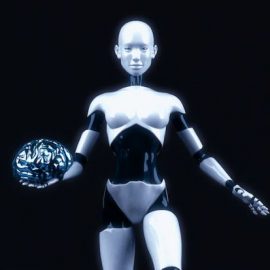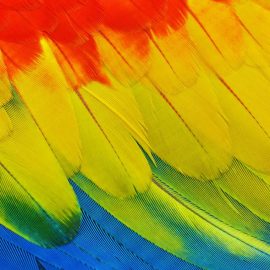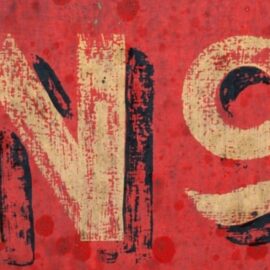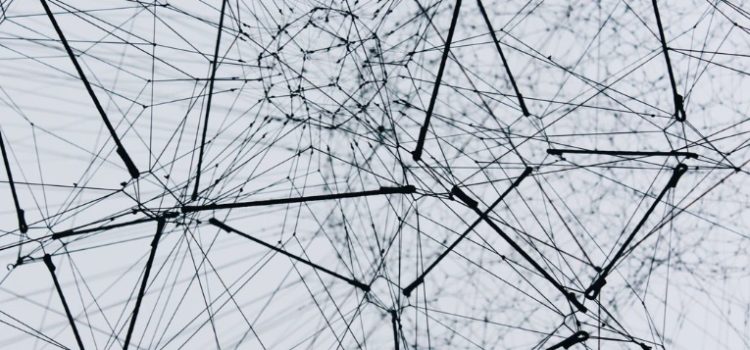
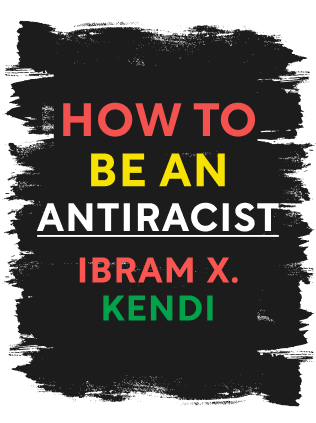
This article is an excerpt from the Shortform book guide to "How to Be an Antiracist" by tIbram X. Kendi. Shortform has the world's best summaries and analyses of books you should be reading.
Like this article? Sign up for a free trial here .
What is intersectional racism? How do different identities collide to create further discrimination against marginalized groups?
Intersectional racism is a term that covers a variety of different types of racism, each combining race with another identity. How to Be an Antiracist by Ibram X. Kendi identifies class, gender, and sexual orientation as intersecting with race.
Keep reading to understand intersectional racism and some examples of it from How to Be an Antiracist by Ibram X. Kendi.
What Is Intersectional Racism?
Now, it’s time to look at the intersections between race and other identities such as class, gender, and sexuality. Race is inextricably linked to these other identities, and bigotry towards any identity can have a multiplying effect on racism.
Because intersectional racism is made up of a combination of racist ideas and classist, sexist, homophobic, or transphobic ideas, to be truly antiracist, we must also be anticapitalist, feminist, non-homophobic, and non-transphobic. For example, to believe that Black Lives Matter, we must believe that the lives of all Black people—be they poor, female, or queer—matter.
Class Racism
Race-classes are combinations of race and economic class, for example, Black poor or “White trash.”
Class racism is a combination of racist policies and ideas that causes and maintains racial inequities between race-classes. Class racists link race and economic class, support capitalistic policies that have a disproportionately negative economic impact on members of certain races, and use racist ideas to justify those policies.
Although some people blame groups like the Black poor for their poverty, in reality, economic disparities are the result of policies, not a result of the actions of individual members of races.
Example #1: In 2017 in the US, the White poverty rate was a third of the Black poverty rate, indicating that Black poor people are affected by two sets of ideas and policies—those that disfavor them for being Black and those that disfavor them for being poor—while White poor people are affected only by the policies and ideas that disfavor the poor.
Example #2: Capitalist growth in Africa has benefited many foreign investors, but very few Africans. The majority of Africans in Sub-Saharan Africa, most of whom are Black, live in poverty, and as the continent’s wealth increases, its poverty rate also increases. In fact, by 2030, 9 out of 10 “extremely poor people” will live in Sub-Saharan Africa. This is clearly a systemic problem, not a problem with the behavior of individual Africans.
When tackling any type of intersectional racism, it’s important to target both elements, or else inequity will remain. For example, antiracist policies might eliminate economic differences between Latinx and Asian poor people, or middle-income Black and White people, but there would still be class differences. In the past decades, antiracist policies have made strides toward narrowing racial inequities, but economic inequities have widened.
Gender Racism
Race-genders are combinations of race and gender. For example, Black women and White men are two race-genders. Intersectional racism here is known as gender racism.
Gender racism is a combination of racist policies and ideas that causes and maintains racial inequities between race-genders. Gender racists link race and gender and arrange these race-genders into a hierarchy.
Example #1: Black men are 50 times more likely than White women to go to prison. This statistic is a result of two sets of policies and ideas: 1) those related to race (the stereotype that Black people are more dangerous than White people) and 2) those related to gender (the stereotype that men are more dangerous than women).
Example #2: The average wealth of a single Black woman is $100, while for a White woman, it’s $42,000. Even though all women are affected by sexist ideas and policies, Black women are additionally affected by racist ideas and policies.
Gender inequalities are the result of policies, not the actions of individual members of races.
Queer Racism: Intersectional Racism Involving Sexual Identity
Race-sexualities are combinations of race and sexualities, for example, Black gay men and White lesbian women.
Queer racism is a combination of racist policies and ideas that causes and maintains racial inequities between race-sexualities. Queer racists link race and sexuality and arrange these race-sexualities into a hierarchy.
arrange these race-sexualities into a hierarchy.
Example #1: In the US, on average, transgender women of color have a life expectancy of 35 years because they face so much transphobia and racial violence.
Example #2: 7% of children raised by White heterosexuals live in poverty, while 14% raised by White male same-sex couples live in poverty, and 32% raised by Black male same-sex couples live in poverty. This statistic is a result of two sets of policies and ideas: 1) those related to race (policies favor White people over people of color), and 2) those related to sexuality (policies favor straight people over queer people).
Queer inequalities are the result of policies, not the actions of individual members of races.

———End of Preview———
Like what you just read? Read the rest of the world's best book summary and analysis of Ibram X. Kendi's "How to Be an Antiracist" at Shortform .
Here's what you'll find in our full How to Be an Antiracist summary :
- What racism is and how it evolved
- How you might have subtle racist thoughts and not even be aware of them
- Why being "not racist" isn't good enough

